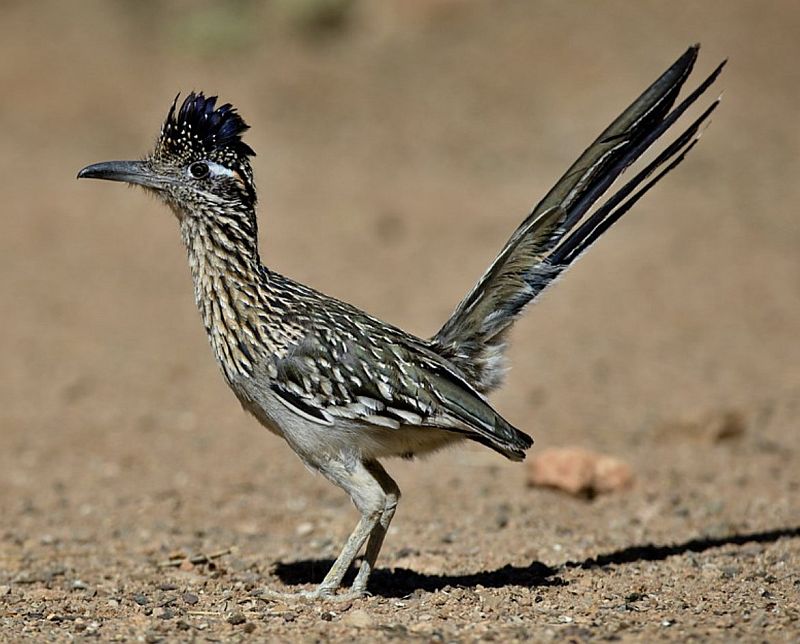The Scaly-bellied Woodpecker (Picus squamatus) is a species of bird belonging to the family Picidae. Its main range is in Asia. Somewhat fragmented, often localized, occurring mainly in uplands and mostly resident, though there are some seasonal altitudinal movements in the Himalayas from 800 m to 3800 m. It is located throughout the Indian subcontinent and adjacent regions that span Afghanistan, Iran, India, Nepal, Pakistan, and Turkmenistan. The scaly-bellied Woodpecker’s natural habitats include boreal forest and temperate forests and subtropical and tropical moist lowland forests. Its food habitats and foraging are fairly terrestrial, mainly foraging for ants and termites, but also wood-boring beetle larvae and occasionally berries. Scaly-bellied woodpeckers forage in loose family groups.

This is a large green woodpecker that has distinct scales from vent to breast. However, it’s like the streak-throated woodpecker but bigger and with a non-streaked throat and breasts. The bird is black with a mustache and black-bored white supercilia. The tail is however, barred, as is the crown, which is red in males as well as blackish for females and has a large, pale bill. Bulky is the largest species in the genus. Dark green above. Paler below, buff or greyish, scaled with olive and chocolate chevrons from breast to vent. Chest, cheeks, and neck-sides are greenish-grey, and ear coverts are dusky.
Broad black malar flecked white and thin black line through eye and bold white supercilium, bordered above by a thin black line, continues to the nape. the green tail heavily barred white. It has a yellowish rump that shows well in flight. Flight feathers barred black and white. Upper mandible is grayish, the lower yellowish, and Iris red along with the legs.
Both sexes are different. The male has an all-red crown and nape with a crown bordered below by a thin black line. The female lacks red, black, streaked grey. The young are similar to respective adults but mottled due to grey bases and pale tips to mantle and scapular feathers; also scaled on the chest with dark streaking and spotting extending onto throat; iris brown. The young male bird has a red crown that is streaked or spotted black.
This woodpecker calls habitually a loud, high-pitched “kwikk” and a ringing “kweee-kikk.” Often vocal with a typical Picus laugh, repeated three to eight times. A rapid kuik-kuik-kuik in flight and excitable kik-kik-kik-kik-eh like a small falcon. Repeated, melodious klee-guh-klee-guh advertising call. Melodic, ringing pi-coq or pee-duck; far-carrying pirr; highpitched single, nasal kik or kyik; single, clear, piping, well-spaced klu notes; and disyllabic kluh-kuk. Scaly-bellied woodpecker drumming is soft, even-pitched rolls produced early in the breeding season
This woodpecker is common and locally rare. The overall population is considered stable and seemingly adaptable. Status in Iran is uncertain, perhaps extirpated. There are two races: squamatus (NE Afghanistan, extreme N India to Darjeeling, Nepal) and flavirostris (local in Afghanistan, Turkmenistan, and Western Pakistan), which is paler, brighter yellow than nominate, finer scaled below, faceless marked, throat whiter, malar weaker, but more barred on wings and tail.
A similar species is Streak-throated Woodpecker, which is smaller with a darker-scaled chest and throat and lacks white in the tail. Grey-headed Woodpecker is smaller and lacks scaled underparts. Open conifer, damp deciduous, and mixed montane forests. Also orchards, rural gardens, plantations, juniper scrub with some larger trees, poplar stands, and dry, bush-dotted water courses and ravines. Watch the video of a female scaly-bellied woodpecker.
Related Reading: The Black-rumped Flameback Woodpecker Call






